Recent Discovery Challenges Our Understanding of Early Christianity in the Roman Empire
Archaeologists working in the ancient town of Spello in Italy believe they have come across a discovery that could rewrite our understanding of the origins of Christianity in the Western world.
As we delve deeper into this discovery, it becomes clear that our understanding of the spread of Christianity in Europe, often attributed to the Roman Emperor Constantine the Great, may need to be reevaluated. This is a significant moment in our collective historical understanding, and your engagement and insights are invaluable in this process.
Constantine I
Constantine The Great, also known as Constantine I was a Roman Emperor who ruled over the vast empire from 306 to 337 CE. Constantine is thought to have descended from the powerful Flavian dynasty and is remembered for his leadership during a major transitional period for the Empire.
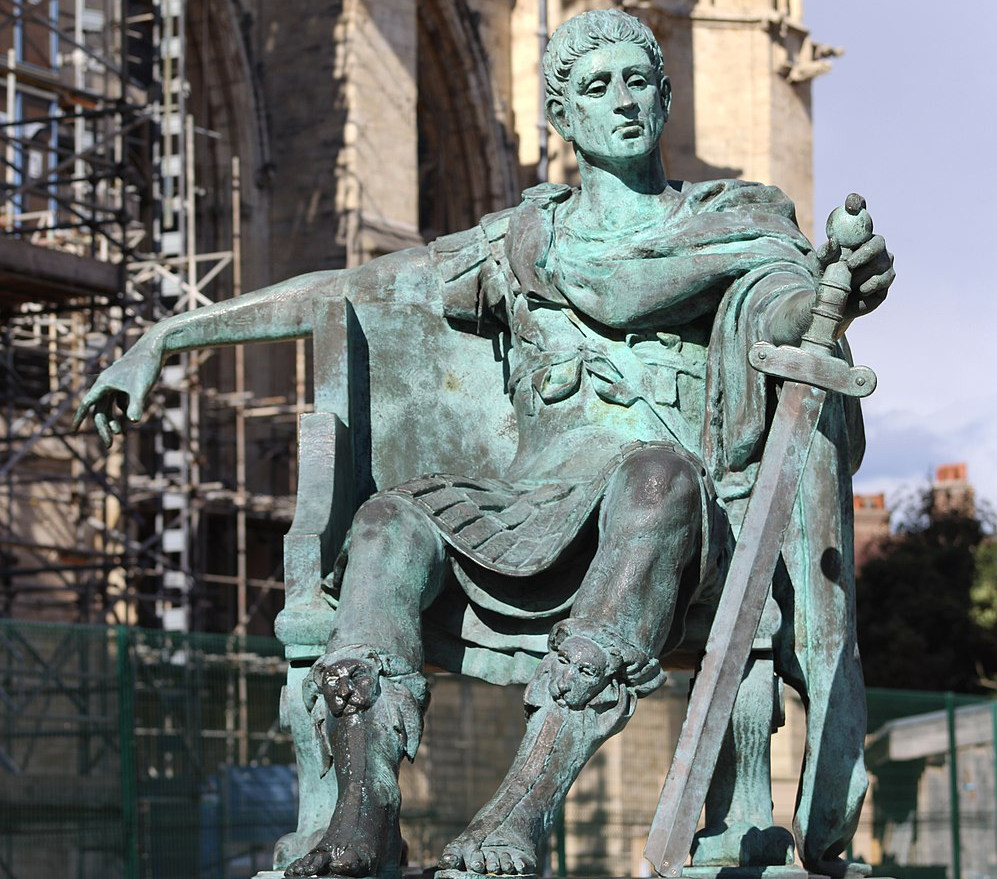
Source: Wikimedia
However, he is perhaps best known as the first Roman Emperor who converted to Christianity.
The Roman Empire’s Early Religious Beliefs
During the early years of the Roman Republic and later Empire, it was primarily a polytheistic society. They believed in animism, or in simple terms, that the divine power of the universe resided within nature and the human environment.
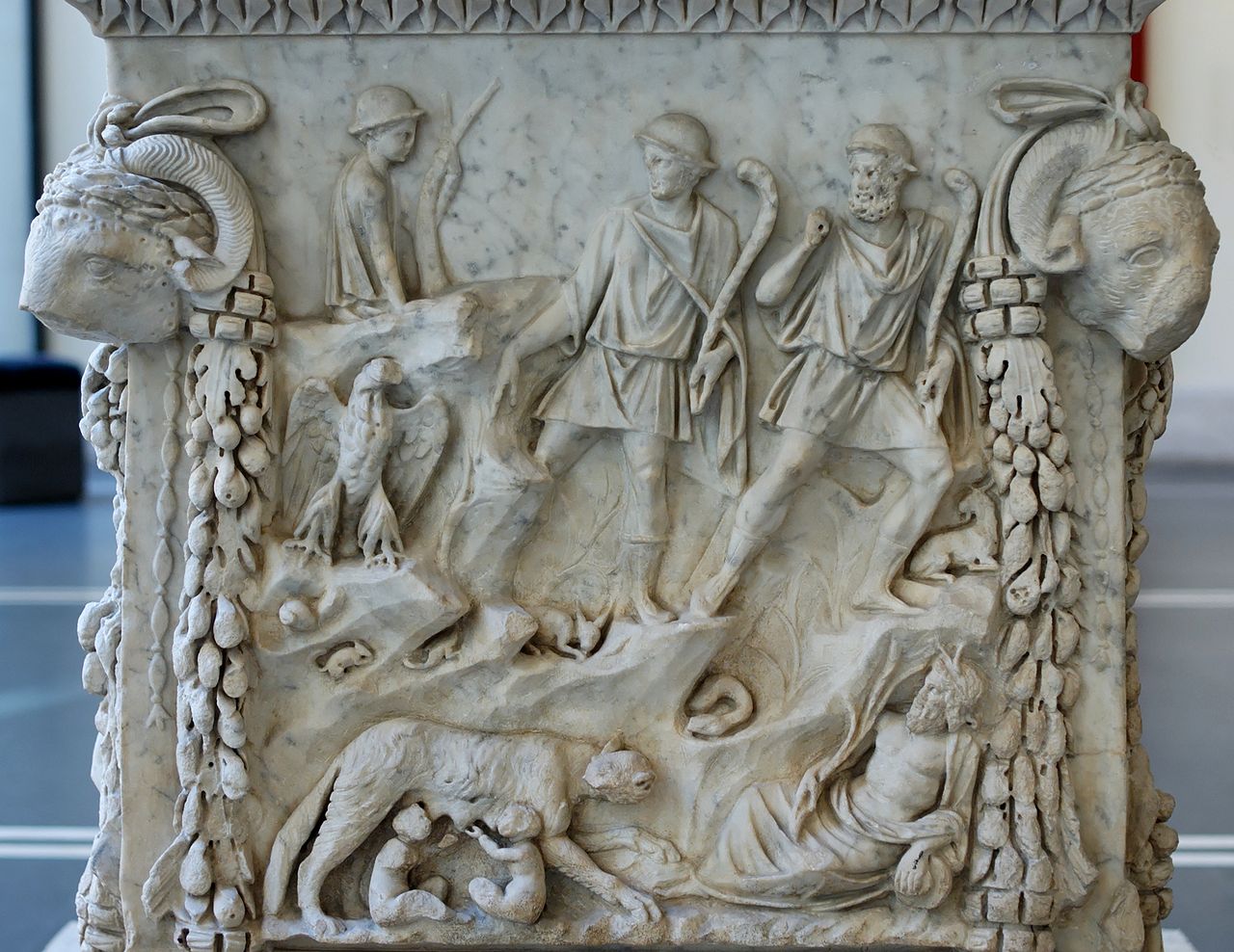
Source: Wikimedia
Christianity arose during the beginning of the first millennium CE and was considered an unusual phenomenon for the early Romans. The early Christians living in and around Roman territories were heavily persecuted. However, this changed with Constantine I, or so the story goes.
Constantine The Great Converts to Christianity
According to historical sources, Constantine The Great converted to Christianity in 312 CE. He is thought to have played a significant role in converting the entire empire after legalizing the practice and fiscally supporting the church.
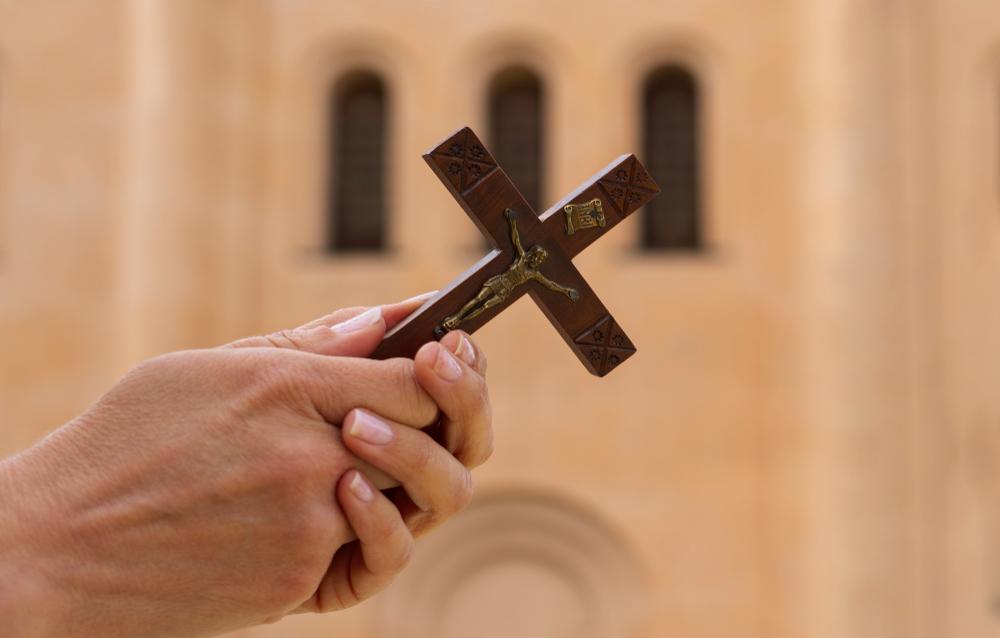
Source: Freepik
Following the Emperor’s conversion, it was thought that most of the Empire gradually followed suit. Ultimately, Constantine I is credited as the fire who kickstarted the nation’s conversion to Christianity, which occurred under Emperor Theodosius some 70 years later.
Archaeologists Find Evidence to Contradict This Claim
Archaeologists working at a newly discovered site in Spello, Italy, believe they have unearthed evidence that would contradict the idea that Rome’s religious ideology simply changed overnight.
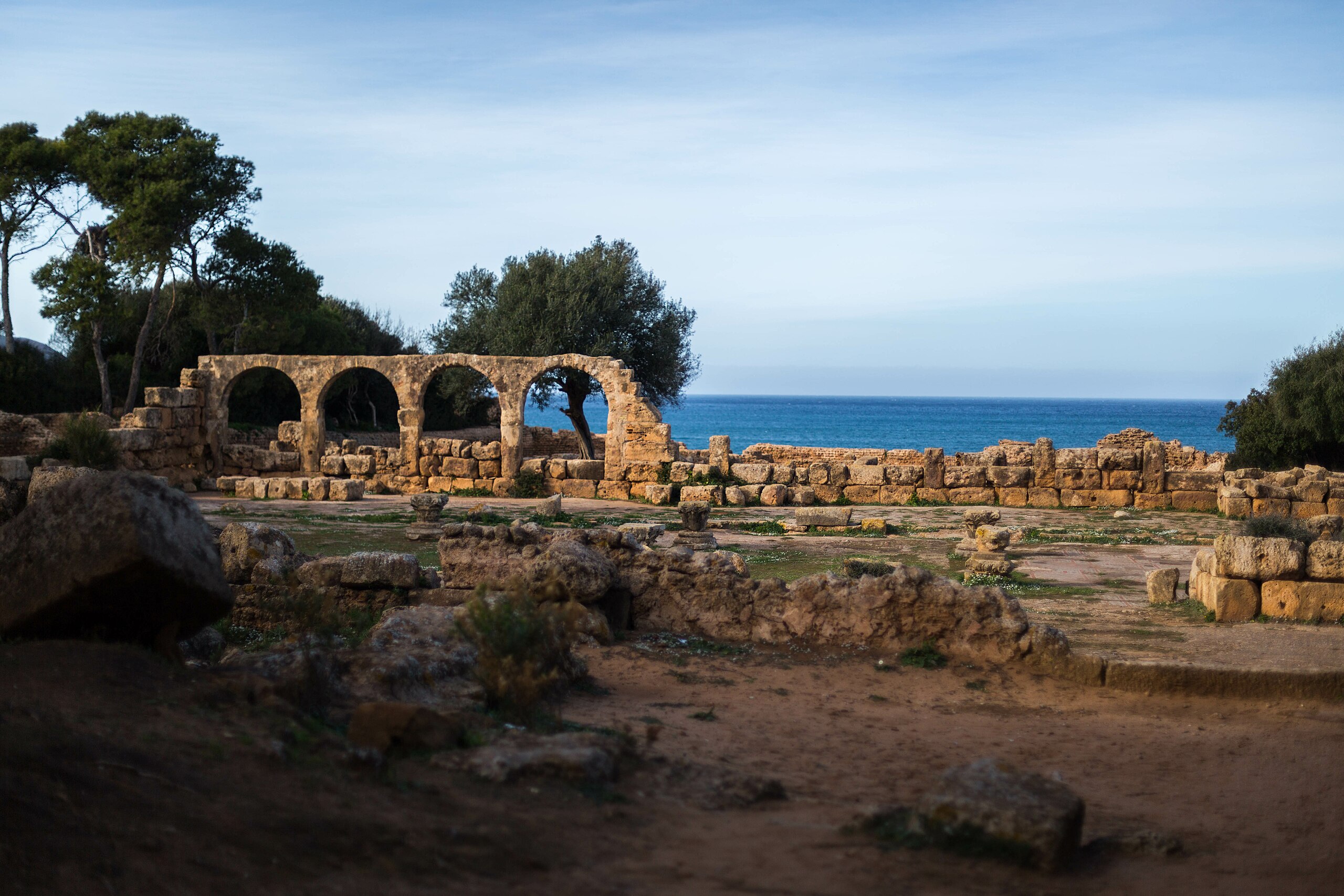
Source: Wikimedia
The team of archaeologists discovered the remains of an Imperial Cult temple, one which offers a glimpse into the era of cultural and religious flux and suggests the period was far more “multicultural” than once thought.
Constantine Calls For Worship of Flavian Dynasty
American researchers came across three walls that once formed part of a temple buried beneath a car park in Spello.
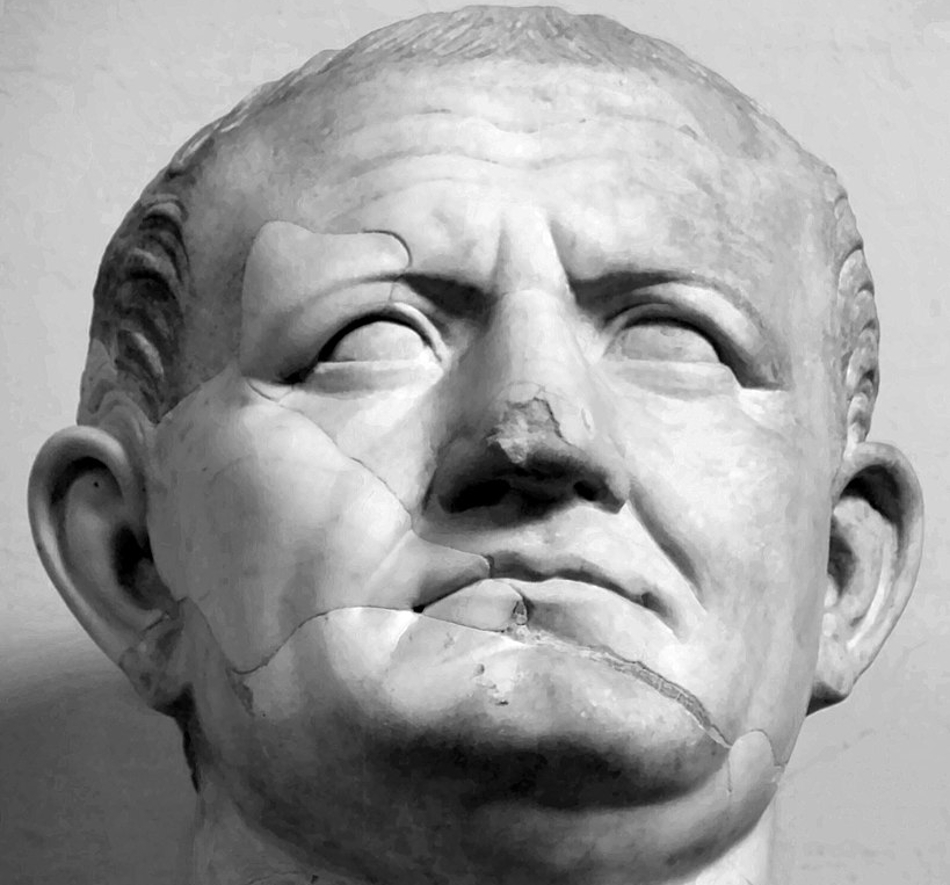
Source: Wikimedia
According to researchers, Constantine I allowed the people of Speelo to engage in their own religious ceremonies so long as they constructed a temple dedicated to his divine actors, the Flavian family, according to The Smithsonian.
Societal Changes Were Not Abrupt
According to the researchers working at the site, the discovery of the temple provided them with considerable evidence to suggest that religious continuity was clearly present between the Roman and newly formed Christian worlds, refuting the idea that societal changes occurred overnight.

Source: Wikimedia Commons
“It will significantly aid in the understanding of the ancient town, the ancient townscape, and city society in the later Roman Empire because it shows the continuities between the classical pagan world and early Christian Roman world that often get blurred out or written out of the sweeping historical narratives,” said Douglas Boin, Ph.D., who announced the discovery.
Continuity Between the Roman World and Christian World
Professor Boin further emphasized the find’s importance, explaining that it provides researchers with evidence to suggest “There was a remarkable religious continuity between the Roman world and the early Christian world.”
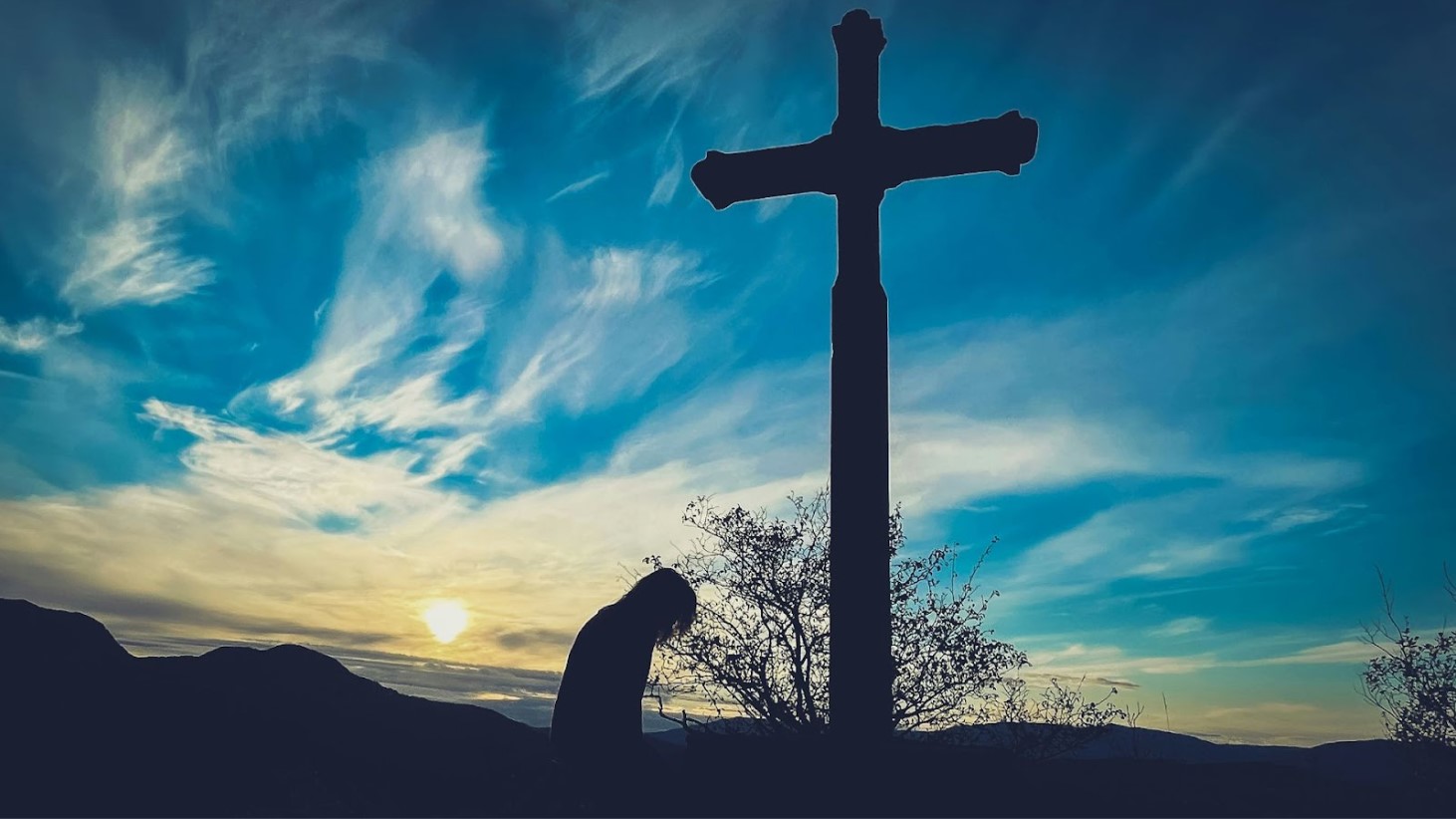
Source: Jametlene Reskp/Unsplash
He continued, “Things didn’t change overnight. Before our find, we never had a sense that there were actual physical, religious sites associated with this late ‘imperial cult practice.’
Evidence of Imperial Cult in Fourth-Century Rome
During the initial excavation work, the team unearthed several walls that Boin had built. After continuing their work, the team discovered that these probably once made up the inner walls of the temple.
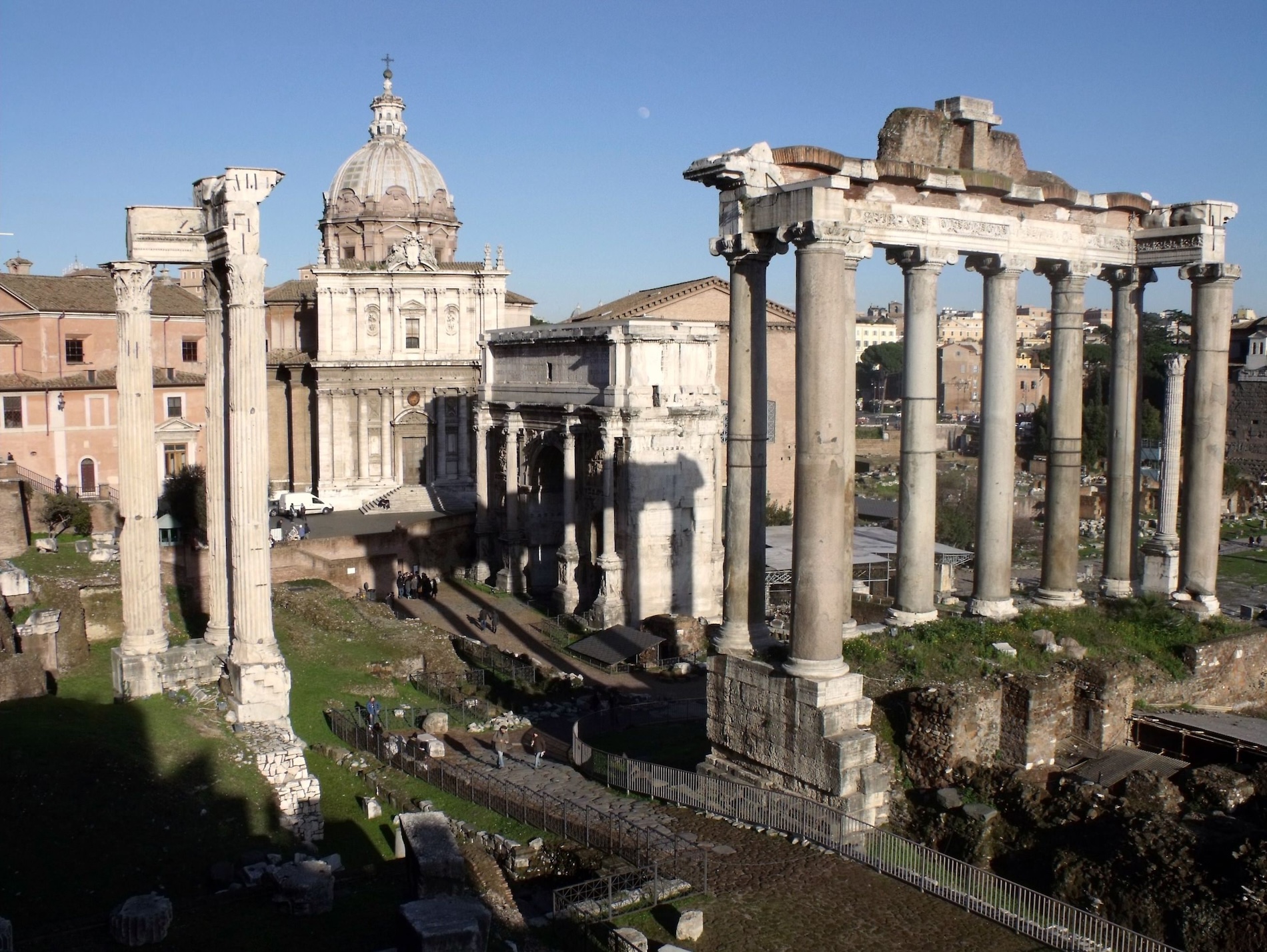
Source: Creative Commons Attribution-NonCommercial-ShareAlike
However, Boin and his team plan to conduct further excavations at the site. If their hypothesis is correct, it would suggest they have unearthed the “largest evidence ever of the Imperial Cult in both fourth-century Italy and the late Roman Empire.”
Christian Rulers Support Imperial Cult Practises
“There’s evidence from other places throughout the Roman world that Christian rulers supported imperial cult practices,” Boin said. “We’ve known that pagans worshiped at their temples in the fourth century, but those findings have all been small and inconsequential.
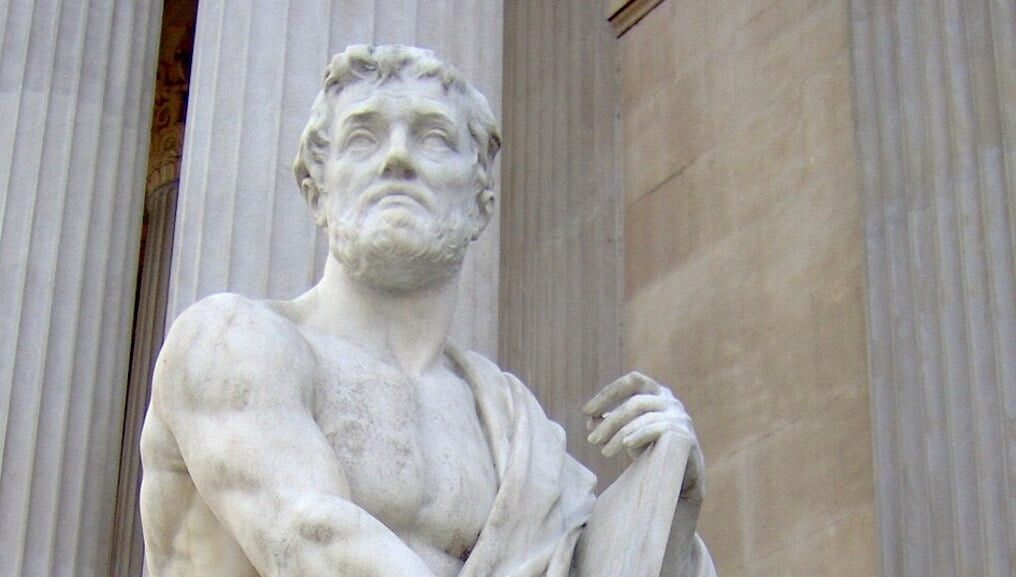
Source: Wikimedia Commons
He continued, “This perceived temple would bridge those two landmarks, and in that respect, it is unlike any temple that I know about from the Mediterranean world of the fourth-century Roman Empire. Any study of the imperial cult in the fourth century Roman Empire is now going to have to take account of this temple, which is an incredible discovery to make.”
Converting the Empire to Christianity
The discovery has allowed the researchers to show how the societal changes of the Roman Empire and its belief systems were much slower than previously anticipated.
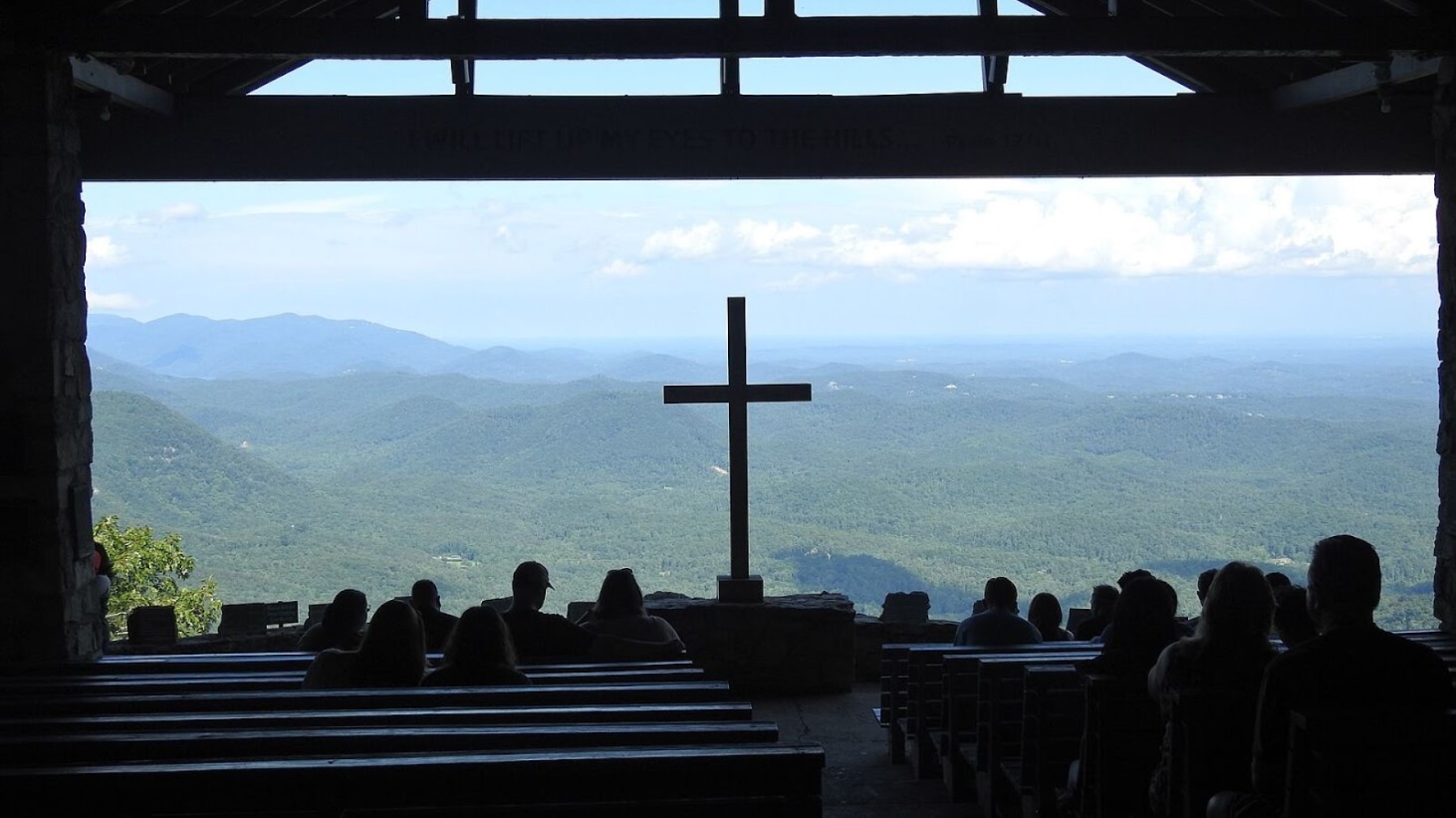
Source: Wikimedia Commons
“This changes how we perceive the pace of social change and our impression of the impact of social and cultural change,” Boin said. “This building, in a very radical way on its own, shows us the staying power of the pagan traditions that had been on the ground for centuries prior to the rise of Christianity.”
Roman Emperors Blend the Old With the New
While further work is required at the site to prove the researchers’ hypothesis, it may eventually shed light on the evolving cultural and religious beliefs of the Roman Empire during the advent of Christianity.
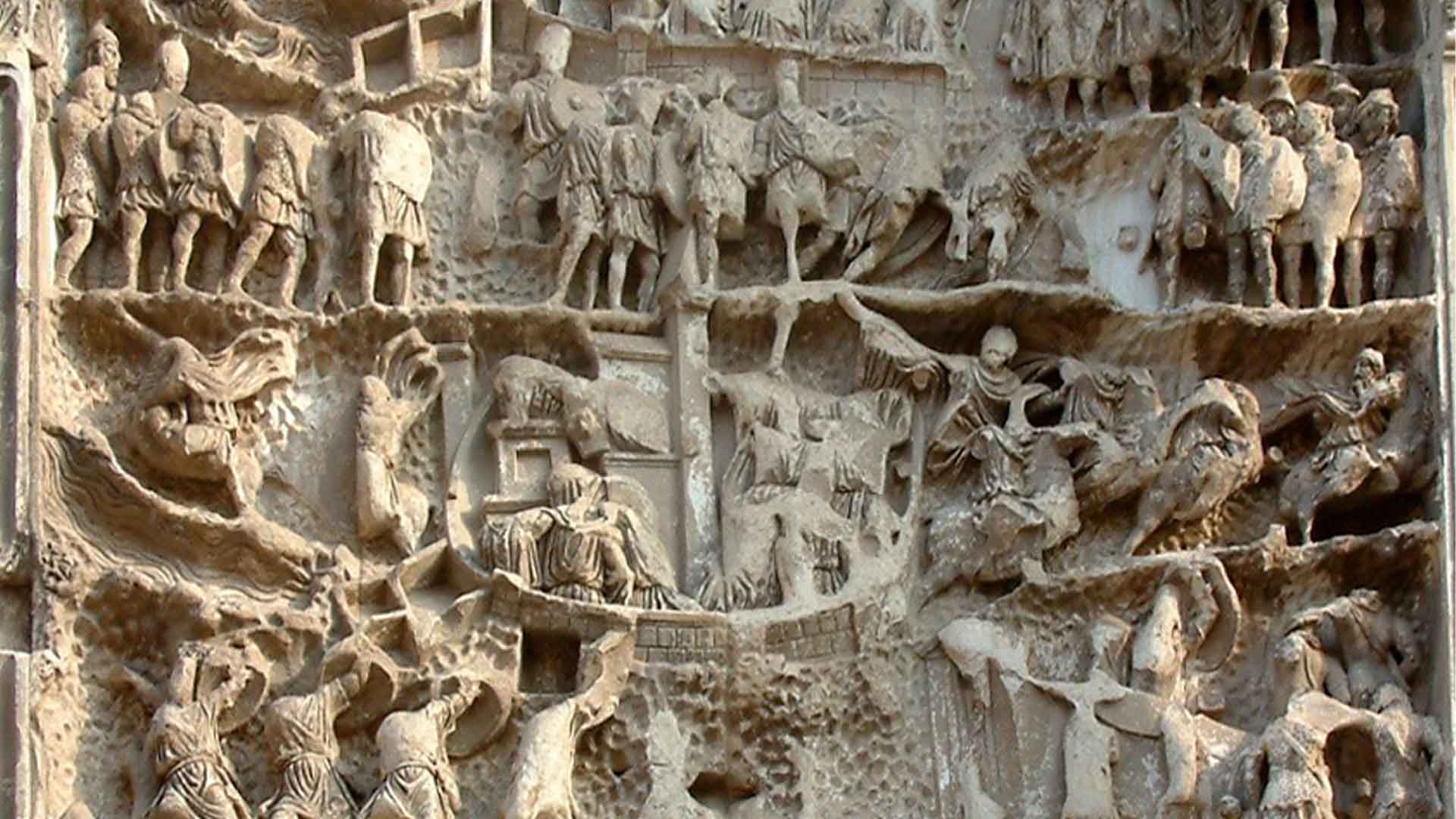
Source: Wikipedia
“It shows us how the Roman emperors continued to negotiate their own values, their own hopes and dreams for the future of the emperor and the Empire without knocking down or burying the past,” said Boin.
